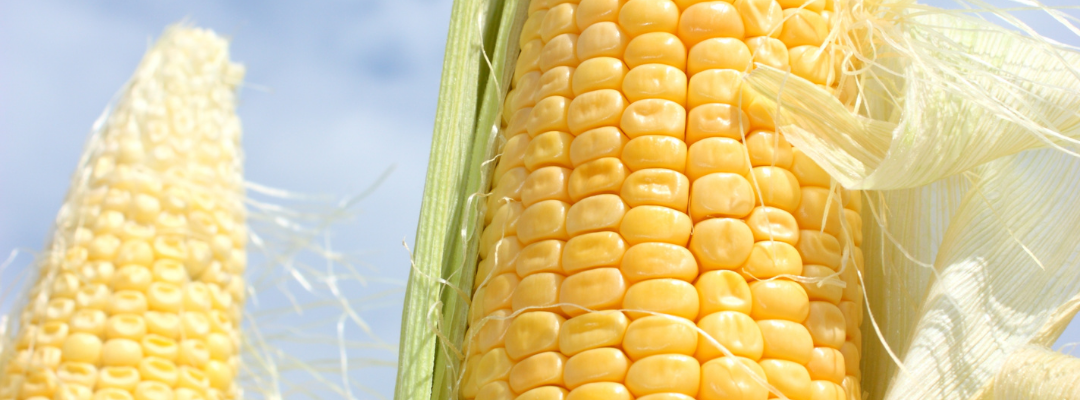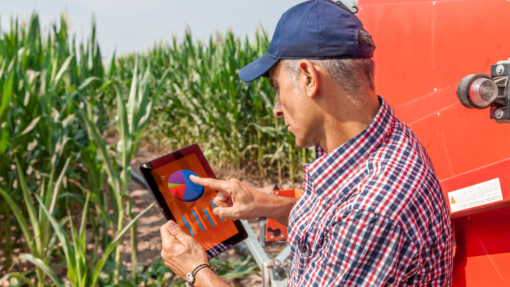The cattle feeding industry has experienced large increases in feeding efficiency over time. In this case, efficiency means fewer pounds of feed to produce the same or more amount of beef, pounds of feed per pound of gain. Not only has efficiency increased, long term, but fed cattle finished weights have increased also. Greater efficiency in feed use is one way to offset higher feed costs.
The Kansas State University Focus on Feedlots is a long running survey (since 1990) of a few feedlots that includes data on in-weights and out-weights, days on feed, average daily gains, and pounds of feed per pound of gain. The data is also divided by steers and heifers.
In 1990, 6.51 pounds of feed were fed to get 1 pound of gain. So far in 2022, 6.16 pounds of feed fed have produced a pound of gain. That represents a 5.3 percent decline in feed needed to get a pound of live weight. Examining 5-year averages, feed per pound of gain average 5.99 over the 2011-2016 period. Feed per pound of gain has increased in recent years but, finished weights have continued to increase. It does take more feed to get those last few pounds on each animal. In this dataset, steer finished weights have increased from 1187 pounds to 1429 pounds, a 20.4 percent increase. Similar to steers, feed per pound of gain for heifers has declined 3.7 percent since 1990, from 6.75 pounds of feed to 6.49 pounds.
Feed per pound of gain exhibits significant seasonality, with the most feed needed in the February-March period. That may make some sense given winter feeding conditions and the animal using more feed to keep warm rather than gain weight. The least amount of feed to get a pound of gain tends to occur in September.
Increasing feed efficiency is another area of improvement in beef production over the last few decades. Efficiency increases are allowing feeder cattle and calf prices to not decline in response to high feed costs as much as they might have in the past.



Author: David Anderson
Professor and Extension Economist Livestock and Food Products Marketing, Dairy, Policy
danderson@tamu.edu
Anderson, David. “Feeding Efficiency Gains Over Time.” Southern Ag Today 2(51.2). December 13, 2022. Permalink













